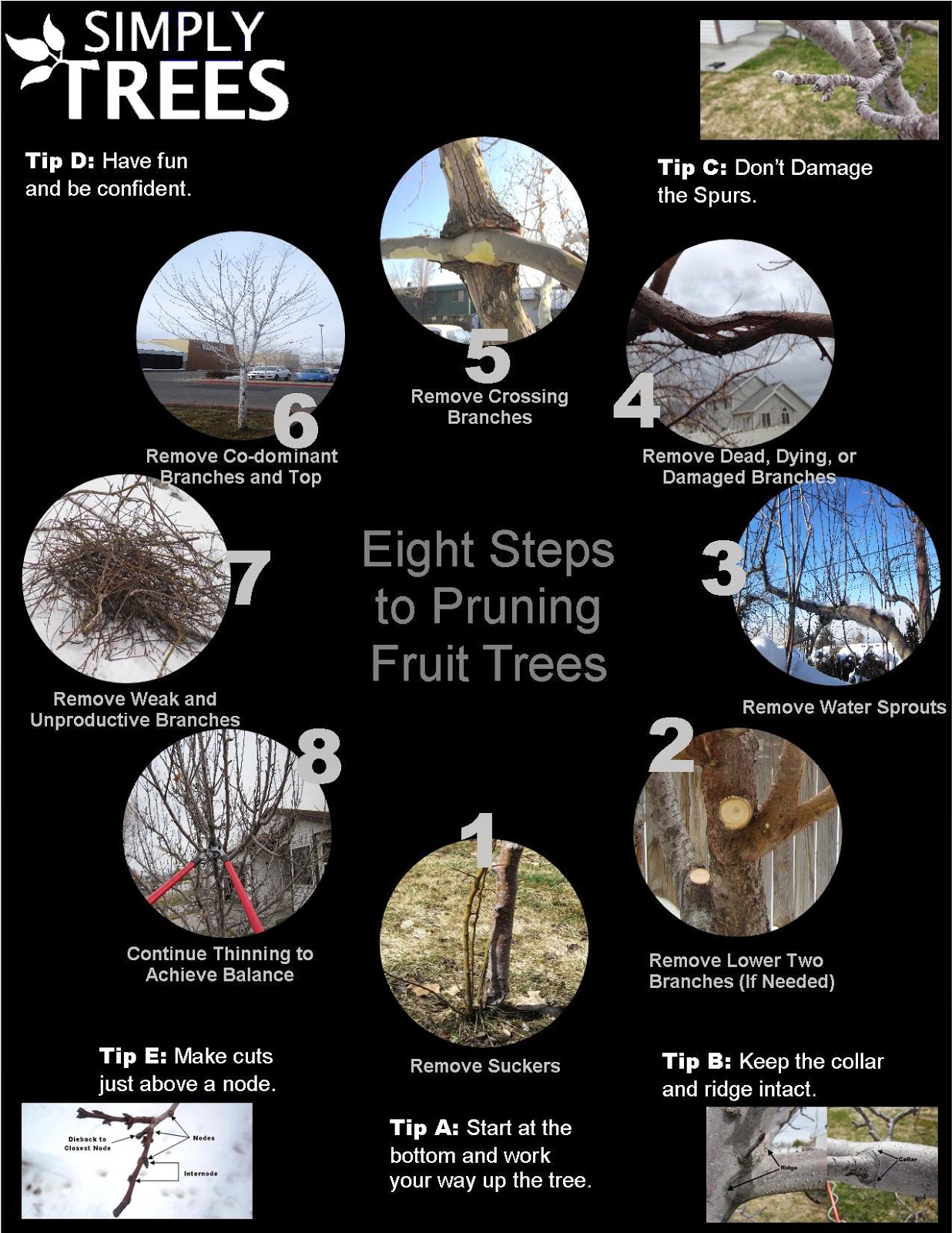Recognizing The Requirement For Tree Removal: An Overview For Homeowners
Recognizing The Requirement For Tree Removal: An Overview For Homeowners
Blog Article
Authored By-Rollins Lester
Trees include charm and worth to building, but they can additionally position a threat during extreme climate events. If a tree has actually stopped expanding, is displaying visible fungal growth, or has a leaning trunk, it should be removed by a specialist to avoid home damage and injury.
For more information, attend a house owner resource reasonable co-hosted by HPD, the Center for NYC Neighborhoods, and Brooklyn-based housing companions this evening in Bedford-Stuyvesant. isa certified arborist practice test will feature the Property owner Handbook, a brand-new guide to assist home owners navigate the duties of having a home.
1. Dead or Dying Branches
Trees are an indispensable part of your home's landscape, providing color and appeal. They additionally offer shelter for wild animals and create oxygen, but also healthy and balanced trees can experience health issue that might require their elimination. Dead or dying trees aren't simply undesirable, they can be unsafe. Their branches might fall during a tornado, bring about pricey residential or commercial property damage and injuries.
When a tree's branches begin to die, it means that its framework is beginning to break down. If the majority of its branches are dead, it is likely time to remove it.
Search for an absence of brand-new growth, bark peeling, open wounds or dental caries, fungi expanding on the trunk or origins and a basic look of decay in the entire cover. These indicators of infection can indicate a major issue that will certainly need expert tree services to resolve.
2. Leaning Trunk
While it's normal for trees to lean every now and then because of phototropism, if a tree has an unsafe or serious lean that's not because of natural processes - it could be an indication that the tree requires to be eliminated. If the tree is leaning toward a power line, home, car, play framework or any other area that could be hazardous to people if it drops, after that contacting an expert tree service for elimination should be a leading concern.
It's additionally essential to look for any type of sudden changes in a tree's leaning as it can suggest damages to the roots or trunk that may cause falling. This is particularly real throughout thundercloud, since high winds and rain-soaked soil can trigger a lean to alter quickly. Normal surveillance, specifically throughout and after tornados can aid homeowners recognize possible problems with their trees so they can call an arborist for a thorough evaluation.
3. Parasite Invasion
Some pest invasions, such as wood-boring pests like emerald ash borer or sap-suckers like range bugs, are so serious that they can create a tree to die. The best method to avoid pest invasion is to check your trees regularly. Try to find areas, openings, or discolorations in the leaves and bark. Check out the trunk for cracks and indicators of insect damage, such as passages or tracks.
If a tree becomes too infested with insects, or is close to a home or high-voltage line, an arborist may suggest elimination. If a leaning tree creates a brand-new, unpredictable lean, an arborist will likely recommend elimination too to make sure the safety of people and building. If a damaged or dead tree continually loses too much branches, it is an indication that it is time to remove the tree. If a tree remains to lose branches for an extensive time period, it can bring about structural issues and potential property damages.
4. Damaged Trunk
Trees are a stunning and important part of our landscape, however they do require regular care to keep them healthy and balanced and secure. If a tree is harmed irreparable it is likely time for it to find down.
Look for signs of damage to the trunk, including vertical splits, seams, dead branch stubs, visible injuries or open dental caries and extreme tree-rot. The presence of fungi at the base of the trunk is an additional warning sign. look at here now might suggest that the phloem and xylem (life-support tissues) are endangered, enabling the spread of disease or a future failure.
Also, consider whether the tree has actually quit growing. Healthy and balanced trees will certainly have new growth every year, which might show up as buds or branches sprouting and extending. If you do not see any kind of new growth, it's an excellent concept to have an arborist assess the tree and follow their suggestion for removal. A dying or damaged tree can drop and trigger building damages.